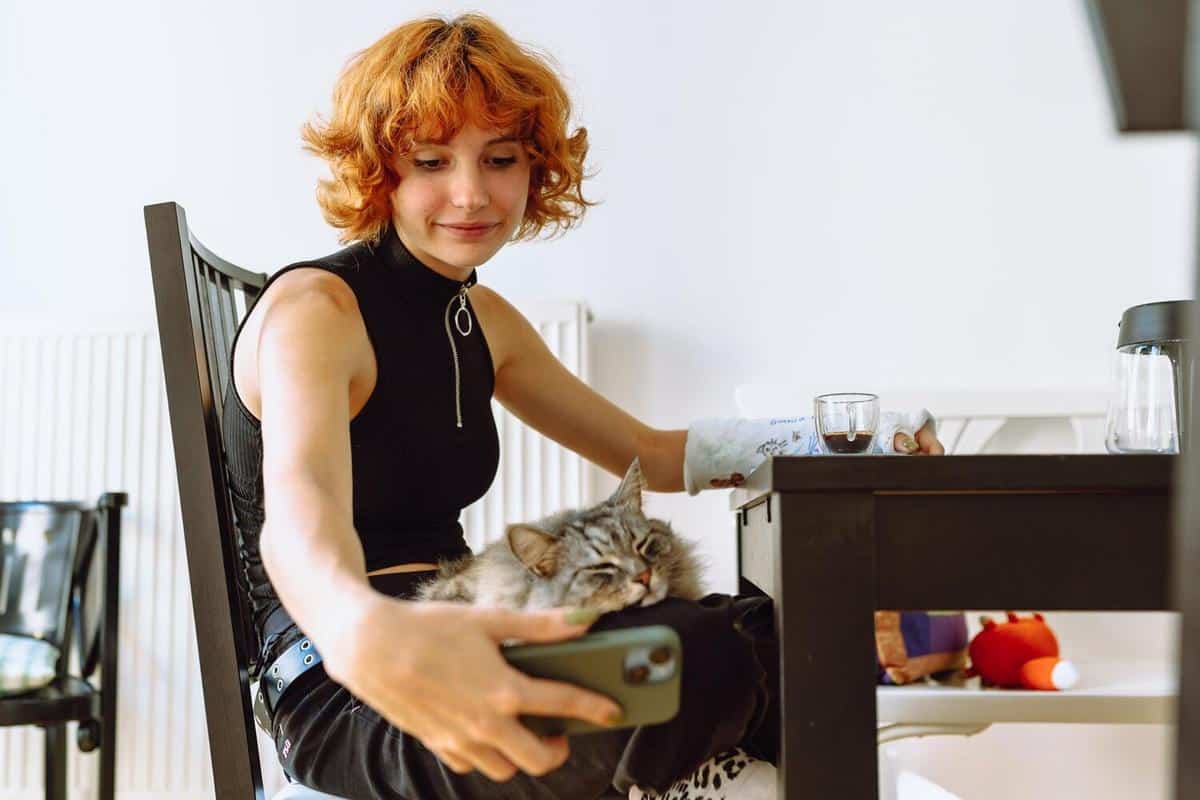
Understanding Feline Communication: What Your Cat is Telling You
Cats, with their enigmatic behavior and mysterious ways, have fascinated humans for centuries. Understanding feline communication can be a rewarding endeavor, offering insights into your cat’s needs, emotions, and even health.
Decoding Feline Communication
Cats communicate using a complex array of vocalizations, body language, and even scents. According to Dr. John Bradshaw, an anthrozoologist at the University of Bristol, cats have developed their communication skills primarily to interact with humans. Interestingly, the meow is a sound almost exclusively reserved for human interaction.
Vocalizations and Their Meanings
Cats use a variety of sounds to express themselves. A gentle purr often signifies contentment, while a loud yowl can indicate distress or the need for attention. Research by Cornell University’s College of Veterinary Medicine shows that cats have a range of 16 different vocalizations.
Body Language: More Than Meets the Eye
Cats are masters of non-verbal communication. A twitching tail can indicate irritation, while slow blinking is a sign of trust and affection. When a cat exposes its belly, it may be a sign of vulnerability and comfort around you.
Understanding Through Observation
Personal anecdotes often highlight the nuances of cat communication. For instance, Maria, a cat owner, noticed her cat would always sit by the window when it wanted to go outside, a behavior learned through consistent observation and interaction.
Actionable Tips for Better Communication
- Pay attention to your cat’s vocal cues and respond appropriately to strengthen your bond.
- Observe body language cues such as tail position and ear movements.
- Engage in regular playtime to understand your cat’s preferences better.
Always blink slowly at your cat to show trust and affection. This can help in building a stronger bond.
Comparison Table: Vocal vs. Non-verbal Communication
| Aspect | Vocal | Non-verbal |
|---|---|---|
| Contentment | Purring | Relaxed posture |
| Distress | Yowling | Hiding |
| Hunger | Persistent meowing | Following you |
| Trust | Chirping | Slow blinking |
| Playfulness | Trilling | Pouncing posture |
| Irritation | Growling | Flicking tail |
| Fear | Hissing | Arched back |
| Affection | Soft meow | Kneading |
Frequently Asked Questions
How can I tell if my cat is happy?
A happy cat often purrs, has a relaxed posture, and may knead with its paws. Look for these signs to gauge your cat’s mood.
Why does my cat meow at night?
Cats may meow at night due to boredom, hunger, or the need for attention. Ensuring they have enough playtime during the day can help reduce this behavior.
What does it mean when my cat rubs against me?
This is a sign of affection and is also a way for the cat to mark you with its scent, indicating that you are a part of its territory.
Understanding feline communication involves patience and observation. By tuning into your cat’s vocalizations and body language, you can build a deeper connection and ensure a happier, more harmonious relationship.